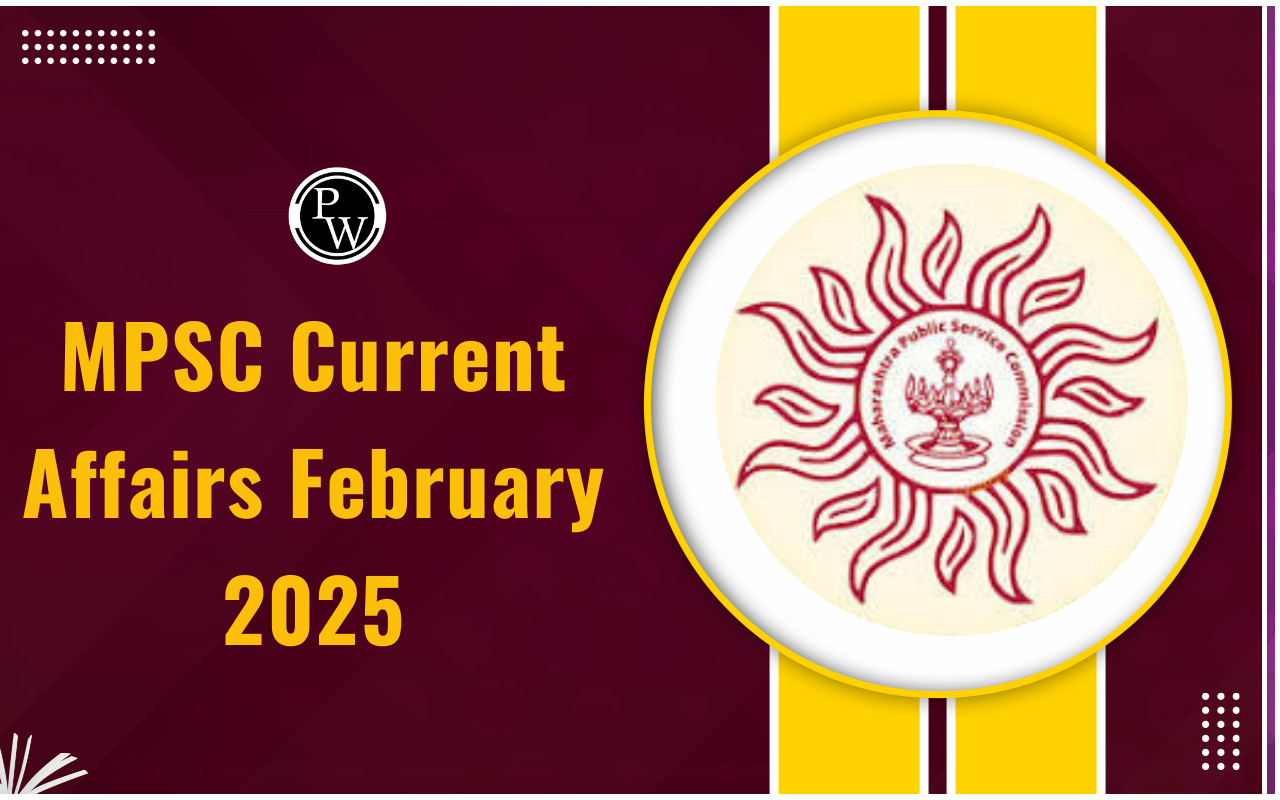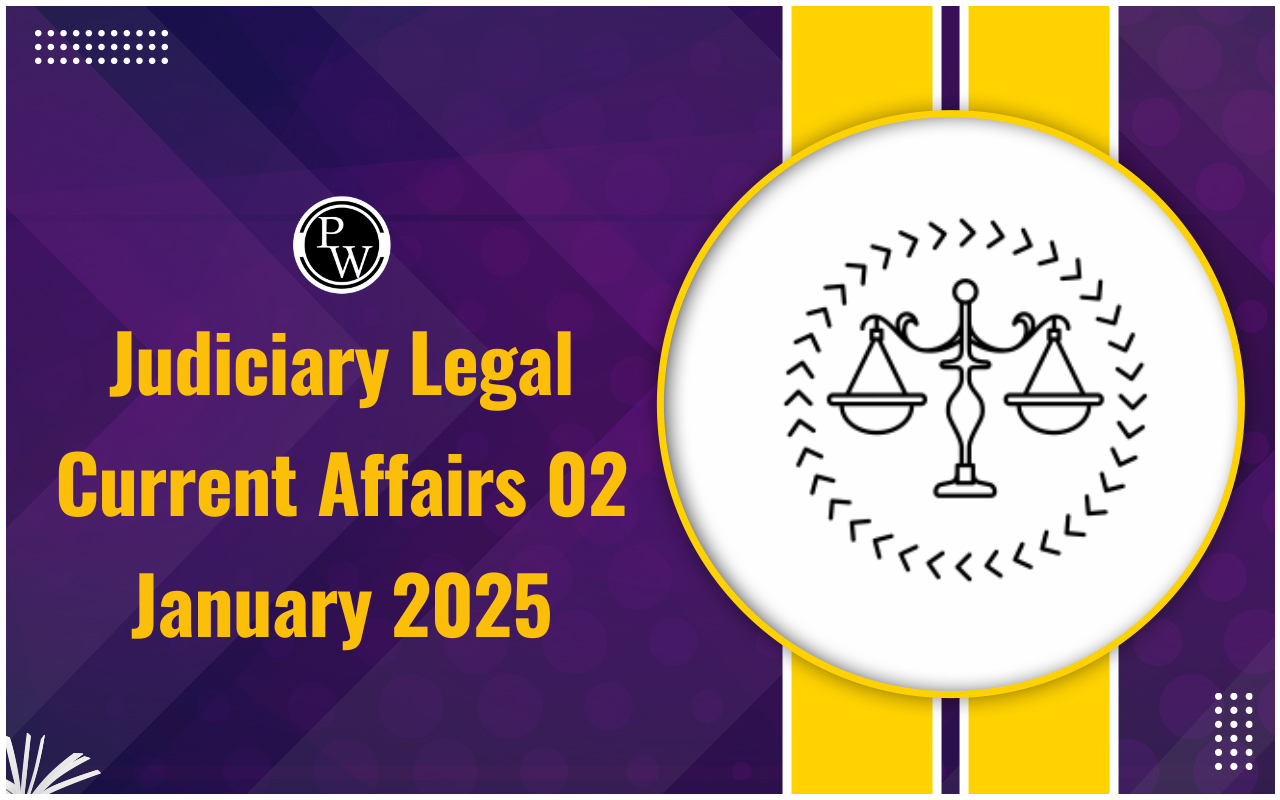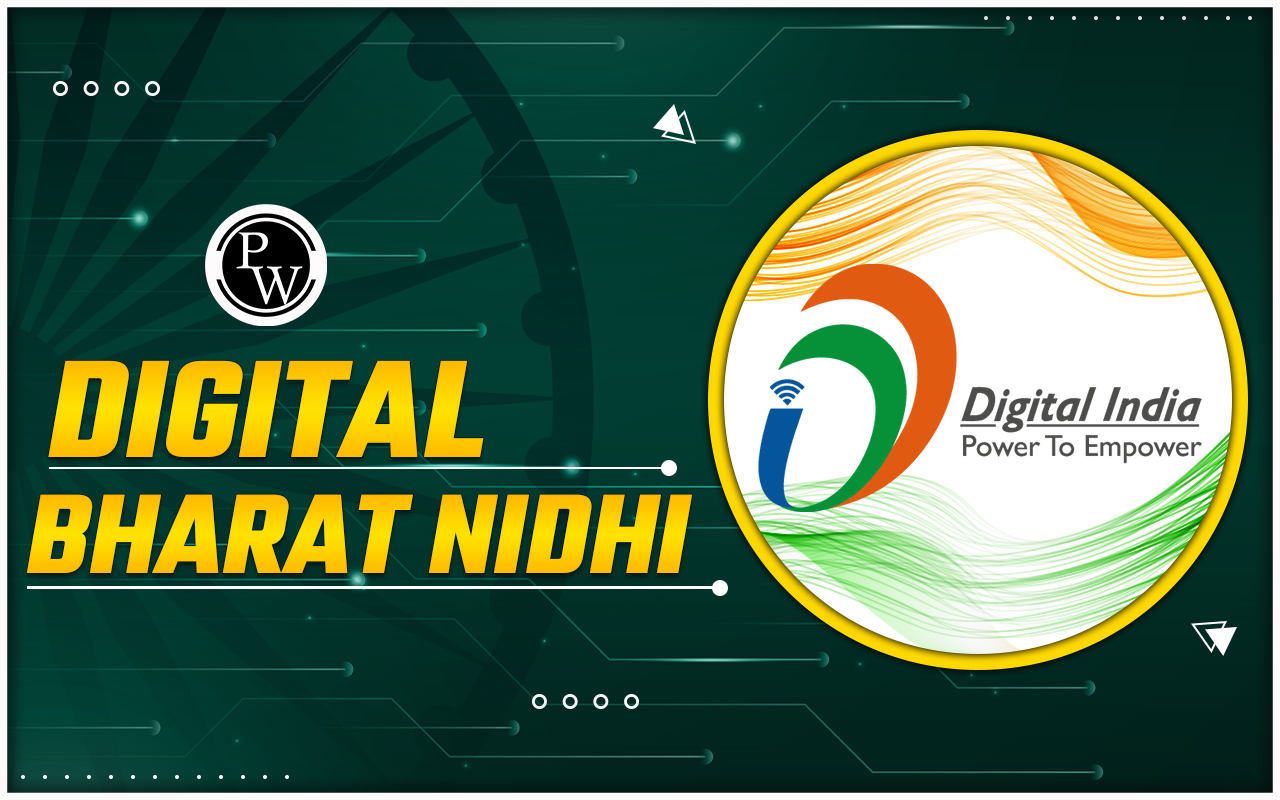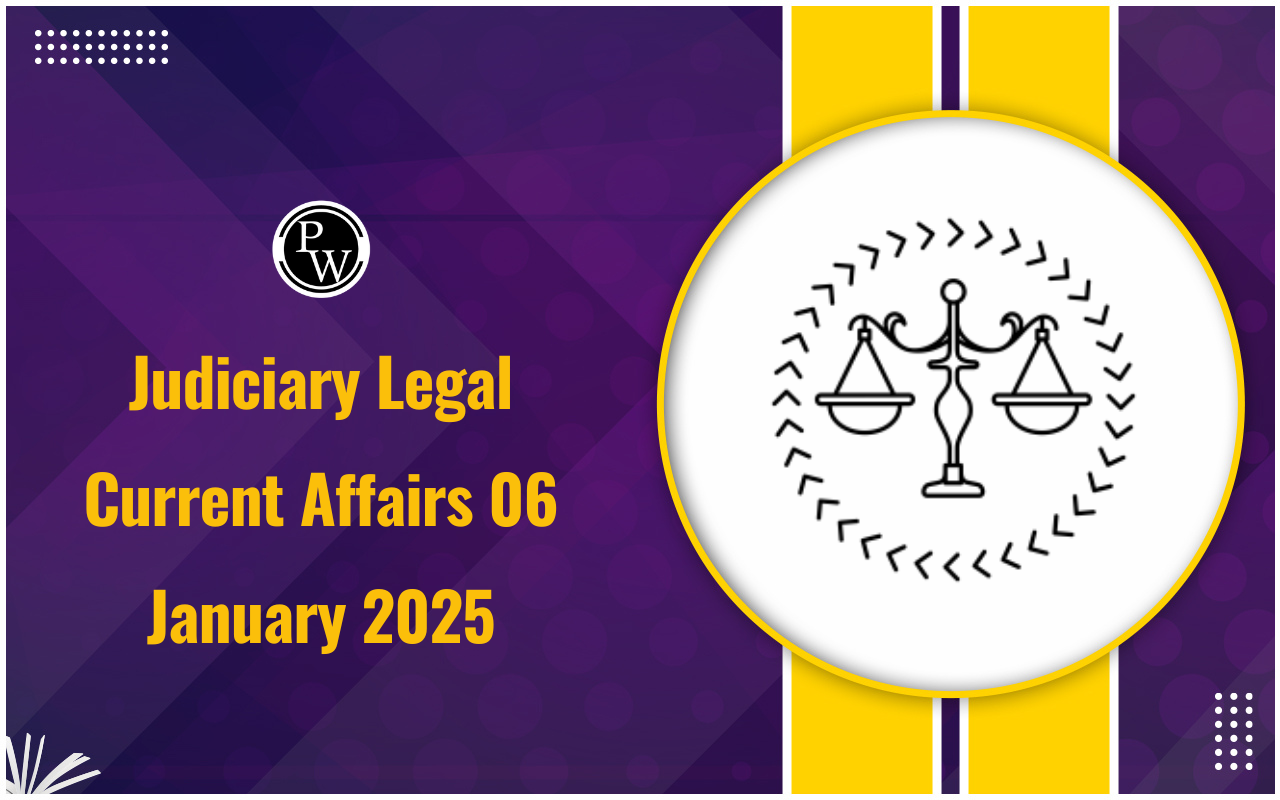
Digital Bharat Nidhi: Digital Bharat Nidhi aims to boost telecom connectivity in rural areas, replacing the Universal Service Obligation Fund (USOF). On July 4, the Department of Telecommunications (DoT) released draft rules to implement this new project. The USOF was previously funded by a five percent Universal Service Levy on the Adjusted Gross Revenue (AGR) of telecom operators. With the introduction of Digital Bharat Nidhi, the central government is taking a significant step to enhance digital infrastructure in underserved regions.
Digital Bharat Nidhi
Digital Bharat Nidhi is a new initiative focused on providing universal and easy access to telecom services in underserved regions. This project will fund research and development in telecom technologies, support pilot projects, and introduce innovative telecom services and products. By doing so, Digital Bharat Nidhi aims to bridge the digital divide and ensure that everyone, regardless of their location, can benefit from advanced telecom services.Why was it Needed?
The Digital Bharat Nidhi (DBN) was needed to improve telecom services in remote and rural areas. Private companies often avoid these regions because they don't generate much revenue. The government plans to use funds from DBN to expand telecom networks in these underserved areas. With the recent updates to the Telecom Act, the government introduced new rules to transform the Universal Service Obligation Fund (USOF) into DBN. Unlike USOF, DBN will have a broader scope, aiming to enhance digital connectivity across more regions.What is the Universal Service Obligation Fund (USOF)?
The Universal Service Obligation Fund (USOF) was established in 2003 to enhance telecom services in less profitable areas. It is financed by a 5% levy on the adjusted gross revenue (AGR) of telecom operators. Although the USOF generated significant funds, it faced criticism for underutilization. For instance, only about 72% of the Rs 41,740 crore collected between 2017 and 2022 was spent. This inefficiency led to budget cuts in FY23, particularly impacting projects like BharatNet. The need for better fund management and results drove the shift towards the more comprehensive Digital Bharat Nidhi initiative.What is the Plan?
The Plan for Digital Bharat Nidhi (DBN) involves directing telecom companies' contributions to the Consolidated Fund of India (CFI), as specified in the Telecom Act. The CFI includes all government revenue, loans, and repayments, and is used for government expenses. Periodically, the government will transfer funds from the CFI to the DBN. The DBN will utilize these funds for several key purposes:- Developing new telecom services, technologies, and products
- Supporting pilot projects
- Offering consulting and advisory services to enhance connectivity
- Introducing innovative telecom services and technologies
- Expanding the availability and accessibility of telecom services in underserved urban, rural, and remote areas
How Will Digital Bharat Nidhi Work?
According to the Department of Telecommunications (DoT) guidelines for the Digital Bharat Nidhi (DBN), the government will appoint an "administrator" to oversee the program. This administrator will select "DBN implementers" through applications or bidding processes. The administrator will determine various financing options for these implementers, which may include full funding, partial funding, co-funding, market risk mitigation, and providing risk capital. The Digital Bharat Nidhi aims to support programs and initiatives that enhance access to telecommunication services for marginalized groups, such as women, people with disabilities, and economically and socially disadvantaged communities. This approach ensures that digital connectivity reaches everyone, promoting inclusivity and bridging the digital divide.Who Will Benefit from Digital Bharat Nidhi (DBN)?
The Digital Bharat Nidhi (DBN) is designed to enhance telecommunication services in underserved rural, remote, and urban areas. By introducing next-generation telecommunication technologies, DBN aims to make these services more affordable and accessible. It promotes innovation, research and development, and the commercialization of indigenous technologies, including the creation of regulatory sandboxes. The DBN also focuses on developing national and international standards and encourages start-ups in the telecommunications sector, including telecom equipment manufacturing. According to the draft rules, any DBN implementer receiving funding must share and provide access to their telecommunication network and services on an open and non-discriminatory basis, following the administrator's instructions. This ensures that the benefits of improved telecommunication infrastructure and services reach a wide range of users, including women, people with disabilities, economically and socially disadvantaged groups, and start-ups in the telecommunications sector.Why Was USOF Replaced?
The Universal Service Obligation Fund (USOF), established in 2003, faced criticism for underutilization of its resources. Between 2017 and 2022, the government collected Rs 41,740 crore from telecom companies for the USOF, but only Rs 30,213 crore (about 72%) was utilized. In the 2019-20 fiscal year, Rs 7,962 crore was collected, but only Rs 2,926 crore was spent, resulting in a utilization rate of just 37%. Former Minister of State for Communications Devusinh Chauhan highlighted these inefficiencies in December 2022. Despite significant collections, the funds were never fully utilized during this period. In FY23, the government drastically reduced its expenditure estimates from Rs 9,000 crore to Rs 3,010 crore, a 200% reduction. A major reason for this low spending was the underutilization of funds for the BharatNet project, which aims to provide fiber connectivity to villages. This underperformance and inability to fully deploy the collected funds prompted the government to replace the USOF with the more dynamic and inclusive Digital Bharat Nidhi (DBN).| USOF Utilization Rates (2017-2022) | |||
| Period | Collected (Rs. crore) | Utilized (Rs. crore) | Utilization Rate |
| Total (2017-2022) | 41,740 | 30,213 | 72% |
| 2019-20 | 7,962 | 2,926 | 37% |
Digital Bharat Nidhi Goals and Impact
The Digital Bharat Nidhi (DBN) aims to do much more than expand telecom services. It is designed to foster technological innovation and support the growth of new businesses in the telecom industry. By leveraging cutting-edge technologies, DBN seeks to create a dynamic environment for technological advancements. One of its key initiatives is the establishment of regulatory sandboxes, which allow new ideas to be tested safely. DBN's focus on standardization and international compliance will enhance the competitiveness of India’s telecom sector on the global stage. This initiative not only aims to improve connectivity but also to drive innovation, support start-ups, and ensure that the Indian telecom industry remains at the forefront of technological advancements. By setting high standards and promoting compliance with international benchmarks, DBN will help the Indian telecom sector to compete more effectively worldwide. This comprehensive approach ensures that the goals of expanding services, promoting innovation, and enhancing global competitiveness are all met.Digital Bharat Nidhi FAQs
What is Digital Bharat Nidhi?
Digital Bharat Nidhi (DBN) is a new initiative by the Indian government aimed at improving telecom connectivity in rural and underserved areas.
Why was USOF replaced with DBN?
The Universal Service Obligation Fund (USOF) faced criticism for underutilization of funds. DBN aims to utilize resources more effectively to enhance digital infrastructure across India.
How will DBN benefit rural areas?
DBN will introduce advanced telecom technologies and make services more affordable, bridging the digital divide in rural and remote regions.
What are the goals of DBN?
DBN aims to foster innovation in the telecom sector, support new businesses, and ensure compliance with international standards for enhanced global competitiveness.
Who will oversee DBN implementation?
An administrator appointed by the Department of Telecommunications will manage DBN and select implementers through applications or bidding processes.
🔥 Trending Blogs
Talk to a counsellorHave doubts? Our support team will be happy to assist you!

Check out these Related Articles
Free Learning Resources
PW Books
Notes (Class 10-12)
PW Study Materials
Notes (Class 6-9)
Ncert Solutions
Govt Exams
Class 6th to 12th Online Courses
Govt Job Exams Courses
UPSC Coaching
Defence Exam Coaching
Gate Exam Coaching
Other Exams
Know about Physics Wallah
Physics Wallah is an Indian edtech platform that provides accessible & comprehensive learning experiences to students from Class 6th to postgraduate level. We also provide extensive NCERT solutions, sample paper, NEET, JEE Mains, BITSAT previous year papers & more such resources to students. Physics Wallah also caters to over 3.5 million registered students and over 78 lakh+ Youtube subscribers with 4.8 rating on its app.
We Stand Out because
We provide students with intensive courses with India’s qualified & experienced faculties & mentors. PW strives to make the learning experience comprehensive and accessible for students of all sections of society. We believe in empowering every single student who couldn't dream of a good career in engineering and medical field earlier.
Our Key Focus Areas
Physics Wallah's main focus is to make the learning experience as economical as possible for all students. With our affordable courses like Lakshya, Udaan and Arjuna and many others, we have been able to provide a platform for lakhs of aspirants. From providing Chemistry, Maths, Physics formula to giving e-books of eminent authors like RD Sharma, RS Aggarwal and Lakhmir Singh, PW focuses on every single student's need for preparation.
What Makes Us Different
Physics Wallah strives to develop a comprehensive pedagogical structure for students, where they get a state-of-the-art learning experience with study material and resources. Apart from catering students preparing for JEE Mains and NEET, PW also provides study material for each state board like Uttar Pradesh, Bihar, and others
Copyright © 2025 Physicswallah Limited All rights reserved.
Get App









